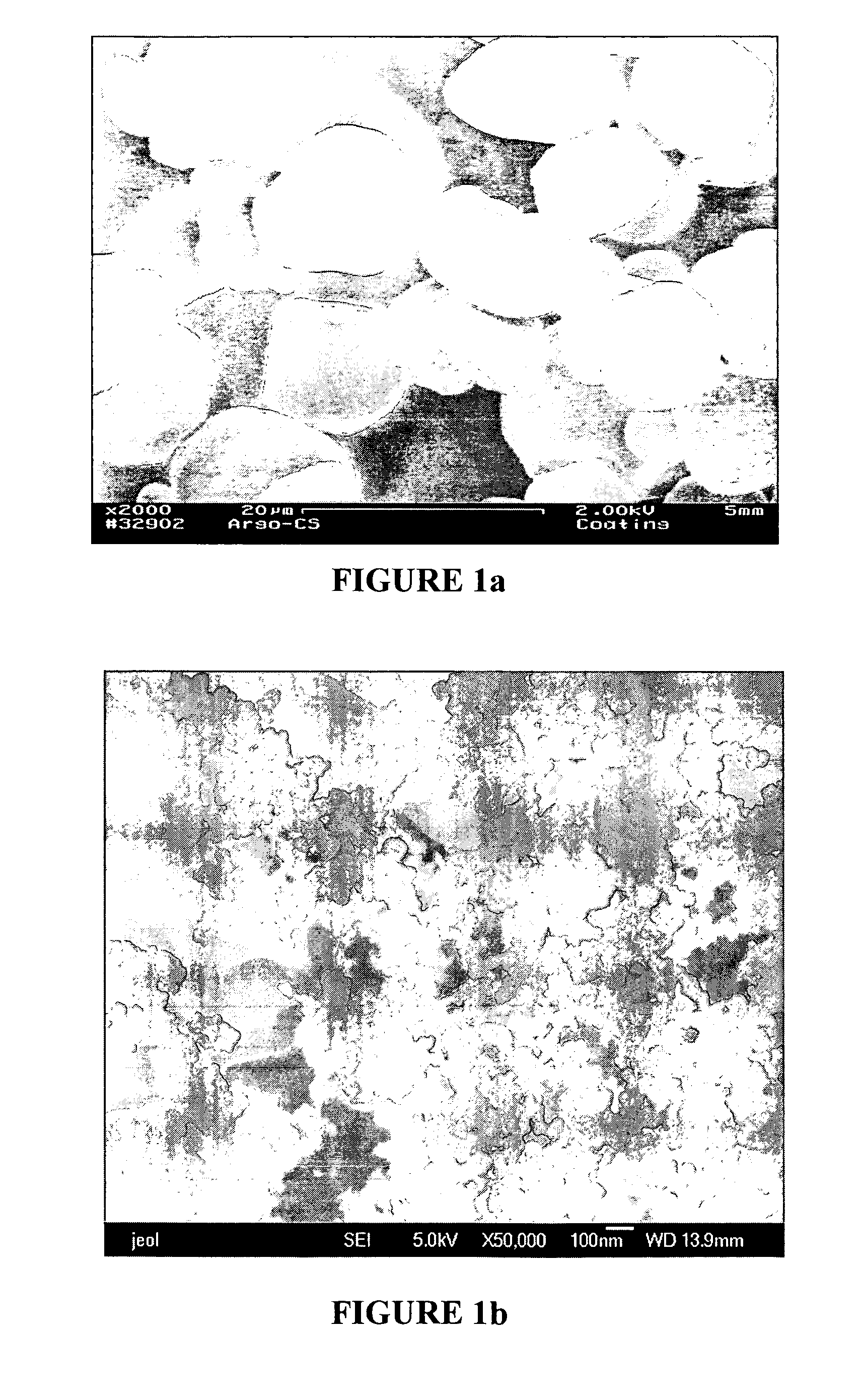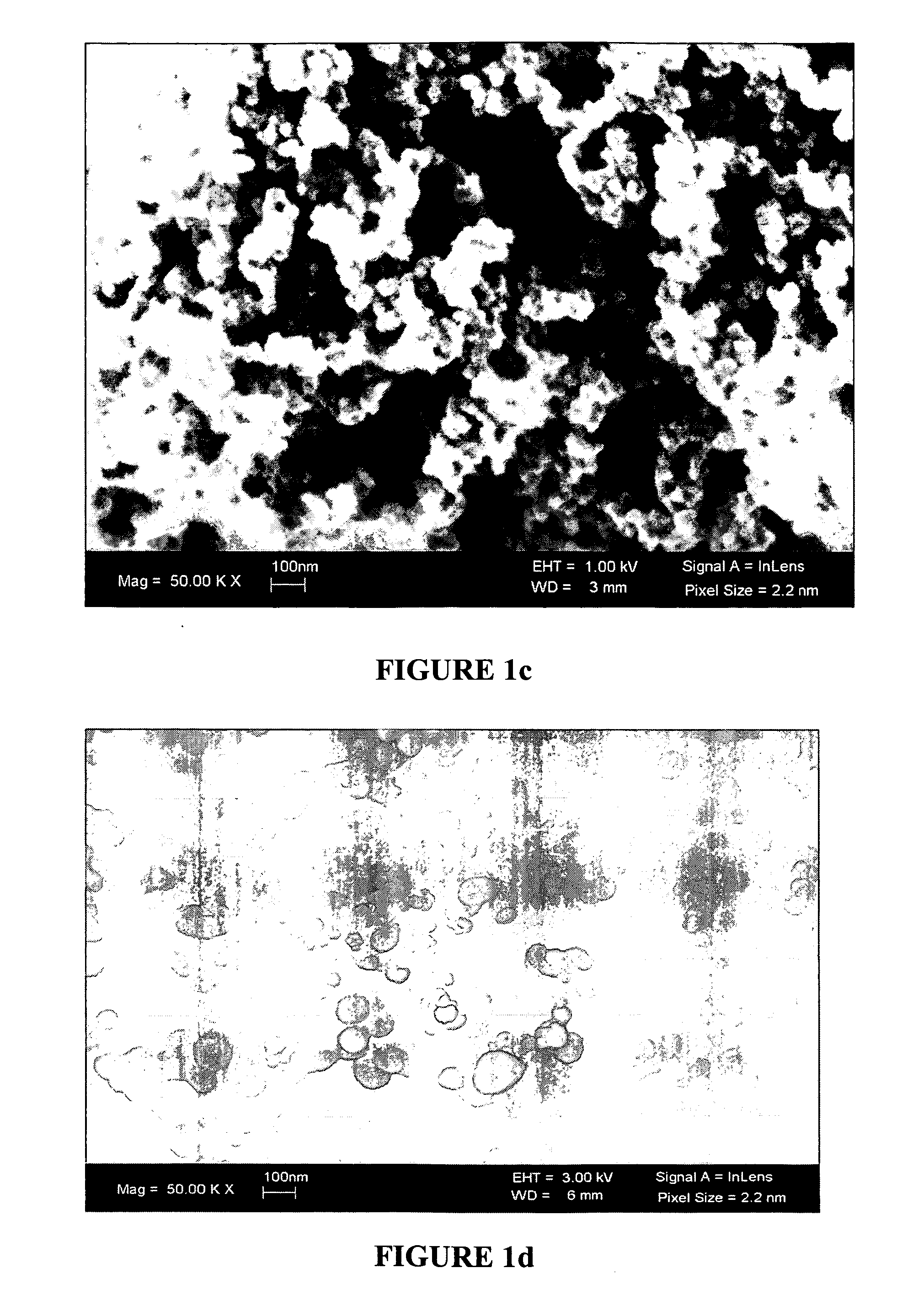Dry coating and downstream processing of cohesive powders
a technology of cohesive powder and dry coating, which is applied in the direction of colloidal chemistry, transportation and packaging, and change of product form, etc., can solve the problems of inability to film coat particles smaller than 50 microns, and particles less than 30 microns cannot be fluidized in conventional fluidized beds without, so as to facilitate the processing of smaller particles, reduce the cohesive force of cohesive powder, and reduce the cohesive force
- Summary
- Abstract
- Description
- Claims
- Application Information
AI Technical Summary
Benefits of technology
Problems solved by technology
Method used
Image
Examples
Embodiment Construction
)
[0066] The systems and methods of the present disclosure advantageously reduce cohesive forces associated with cohesive powders through a robust dry coating technique, whereby fine, nanosized particles are dry coated onto the particles associated with a cohesive powder system. The fine, nanosized particles are generally uniformly dispersed over the surface of the cohesive powders, and generally define a very sparse layer thereon. Typically, the fine, nanosized particles are coated onto the cohesive powders at levels of about 0.04 to about 2 wt. %. Despite the relatively limited amount of fine, nanosized particles coated onto the particles of the cohesive powder system, the cohesive forces associated with the cohesive powder are generally reduced by at least an order of magnitude or better.
[0067] The disclosed fine, nano-particles may take the form of organic or inorganic materials or combinations thereof. Exemplary inorganic materials include: fumed silica, fumed alumina, zeolite,...
PUM
| Property | Measurement | Unit |
|---|---|---|
| mean particle size | aaaaa | aaaaa |
| particle size | aaaaa | aaaaa |
| diameter | aaaaa | aaaaa |
Abstract
Description
Claims
Application Information
 Login to View More
Login to View More - R&D
- Intellectual Property
- Life Sciences
- Materials
- Tech Scout
- Unparalleled Data Quality
- Higher Quality Content
- 60% Fewer Hallucinations
Browse by: Latest US Patents, China's latest patents, Technical Efficacy Thesaurus, Application Domain, Technology Topic, Popular Technical Reports.
© 2025 PatSnap. All rights reserved.Legal|Privacy policy|Modern Slavery Act Transparency Statement|Sitemap|About US| Contact US: help@patsnap.com



